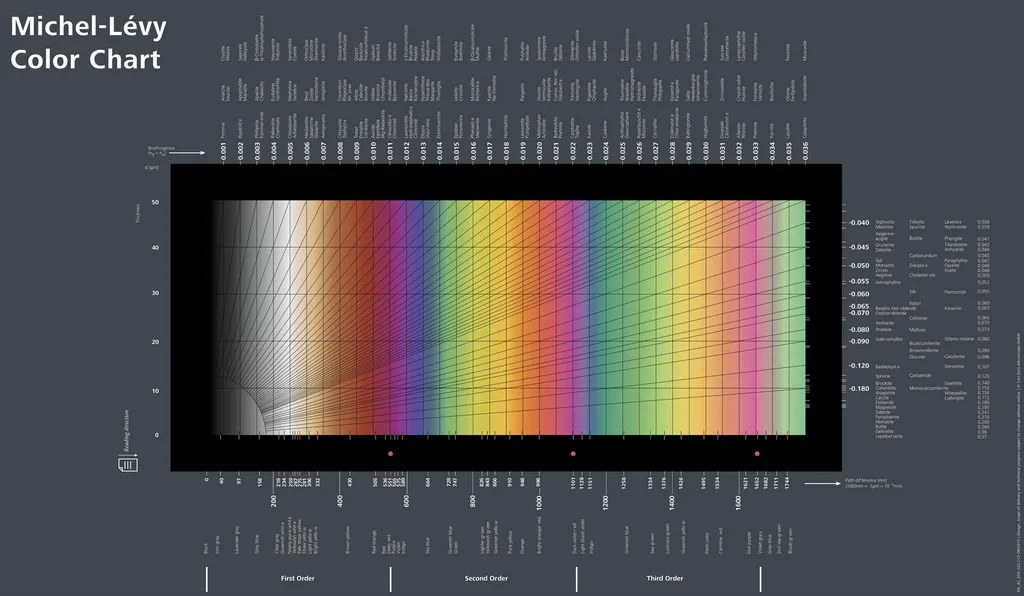What does anisotropic mean in mineralogy ?
Anisotropic : definition
The majority of the physical characteristics of minerals are oriented and are not equivalent in all directions of space : cleavage, hardness, color, pyroelectricity, piezoelectricity, propagation of light, obey these rules.
In crystalline optics, anisotropic materials are non-cubic and non-amorphous minerals. The latter being qualified as isotropic minerals. Be careful however, an optically isotropic mineral is not necessarily so for other physical criteria. Thus the diamond which crystallizes in the cubic system is therefore optically isotropic, but has an anisotropic hardness which makes it possible to cut it.
The variations can be imperceptible for our senses and must be amplified by analytical devices to be usable (pleochroism with a polarizing filter for example). Some are visible to the naked eye and constitute excellent criteria for immediate determination (cleavage, dichroism, etc...).

